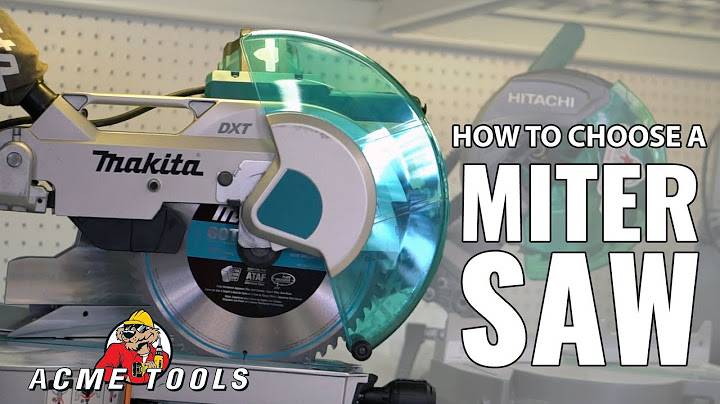COMPOUND W- salicylic acid gel Show
Disclaimer: Most OTC drugs are not reviewed and approved by FDA, however they may be marketed if they comply with applicable regulations and policies. FDA has not evaluated whether this product complies. ---------- Compound W® MAXIMUM STRENGTH NET WT 0.25 OZ (7 g) Drug Facts Active ingredientSalicylic acid 17% w/w Use
WarningsFor external use only. Flammable. Keep away from fire and flame. Do not use
When using this product
Stop use and ask a doctor ifdiscomfort persists. Keep out of reach of children.If swallowed, get medical help or contact a Poison Control Center (1-800-222-1222) right away. Directions
Inactive ingredientsalcohol, camphor, castor oil, ethyl acetate, hydroxypropyl cellulose, hypophosphorous acid, isopropanol, nitrocellulose, polysorbate 80 Questions?1-800-443-4908 CompoundW.com ©2016 Distributed by Medtech Products Inc. PRINCIPAL DISPLAY PANELCompound W
 PRINCIPAL DISPLAY PANELCompound W
 Medtech Products Inc. What are warts?Warts are small growths on the skin that normally don’t cause pain. Some warts itch and may hurt, especially if they’re on your feet. There are five kinds of warts:
Symptoms of wartsThe primary symptom of warts is a rough-surfaced fleshy growth on your skin. What causes warts?Warts are a type of infection caused by viruses in the human papillomavirus (HPV) family. There are more than 100 types of HPV. Warts can grow on all parts of your body. They can grow on your skin, on the inside of your mouth, on your genitals, and on your rectal area. Common types of HPV tend to cause warts on the skin (such as the hands and fingers). Other HPV types tend to cause warts on the genitals and rectal area. Some people are more naturally resistant to the HPV viruses and don’t seem to get warts as easily as other people. How are warts diagnosed?Most of the time, your doctor will be able to identify a wart just by looking at it. In some cases, they may also scrape the wart to look for tiny dots. These are the tell-tale signs of clotted blood vessels and are common in some warts. In some cases, your doctor may be uncertain if your skin growth is a wart. If so, they may remove part of the wart to send to a laboratory for identification. Can warts be prevented or avoided?Some warts can be prevented, others cannot. Warts may be naturally occurring, depending on what’s causing them. But warts also may be passed from person to person by touch. It is also possible to get warts from using towels or other objects that were used by a person who has warts. Warts on the genitals are very contagious and can be passed to another person during oral, vaginal, or anal sex. It is important not to have unprotected sex if you or your partner have warts on the genital area. Warts also can grow on the cervix (inside the vagina) without a person knowing it. They may then pass the infection to their sexual partner. Wart treatmentWarts often disappear on their own, although it may take months or years to do so. But some warts won’t go away on their own and need to be treated. Treatment may decrease the chance that the warts will be spread to other areas of your body or to other people. Warts on the skin There are many ways to remove common warts from the skin (such as on the fingers, feet, and knees). Talk to your doctor about which treatment is right for you. Also talk with your doctor before treating warts on your face.
Warts on the genital area Genital warts must be treated by your doctor. Warts in the genital area can be removed, but there’s no cure for the viral infection that causes the warts. This means that the warts may come back even after they have been removed. Note that warts on the skin and warts on the genitals are removed in different ways. Don’t try any home remedies or over-the-counter drugs to remove warts on the genital area. You could hurt your genital area by putting certain chemicals on it. Living with wartsMost of the time, treatment of warts on the skin is successful and the warts are gone for good. Genital warts are more likely to come back. If warts come back, see your doctor to talk about other ways to treat them. Questions to ask your doctor
How long should you wait between Compound W treatments?Treat each remaining wart on a single finger or toe separately, with a two-week period between treatments. ⚫In many cases, only one treatment is needed for each wart. Warts are usually gone in two weeks after treatment with Compound W Freeze Off®.
Can you use too much Compound W?Compound W can cause a rare but serious allergic reaction or severe skin irritation. Stop using Compound W and get emergency medical help if you have: hives, itching; difficult breathing, feeling light-headed; or swelling of your face, lips, tongue, or throat.
Should I keep using Compound W after wart falls off?Stop using Compound W once the wart falls off. You won't need to use it again as long as the wart stays away. If it begins to grow back again or new warts appear you will need to start treatment again and can assume you still have the virus.
How long does Compound W take to work on small warts?Do not swab. Compound W Freeze Off® should be applied immediately. Hold the foam applicator on common warts for 20 seconds or less. Smaller warts may require less than 20 seconds.
|

Related Posts
Advertising
LATEST NEWS
Advertising
Populer
Advertising
About

Copyright © 2024 SignalDuo Inc.




























